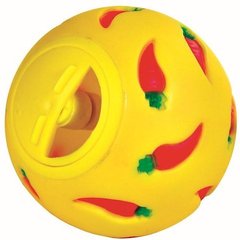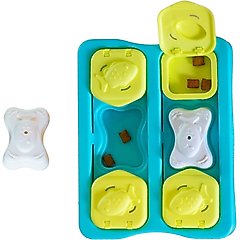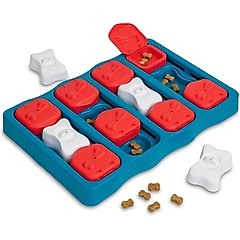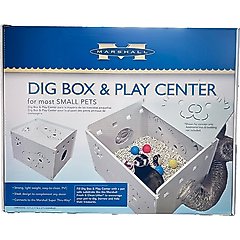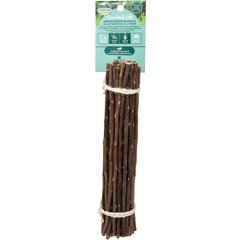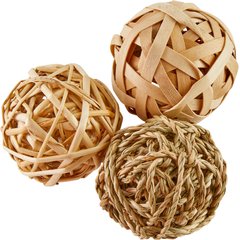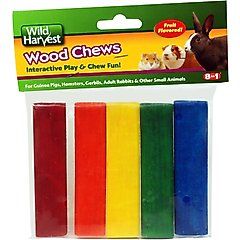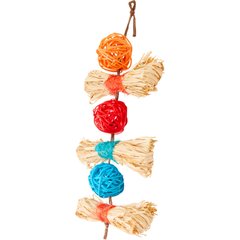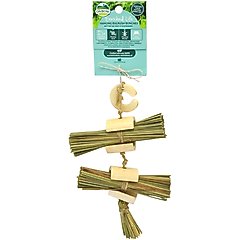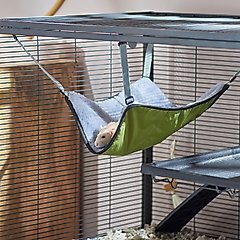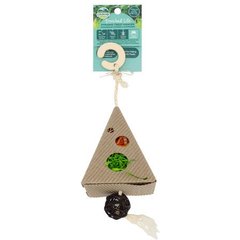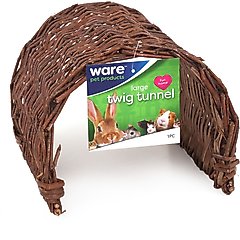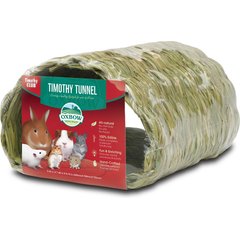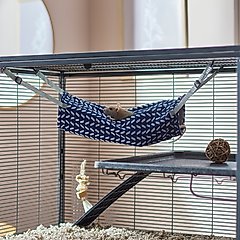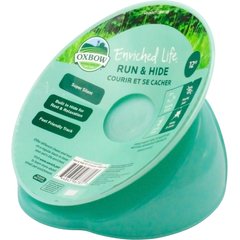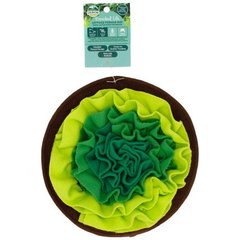Rat Toys: Best Toys for Rats and Why They’re Important for Rat Enrichment
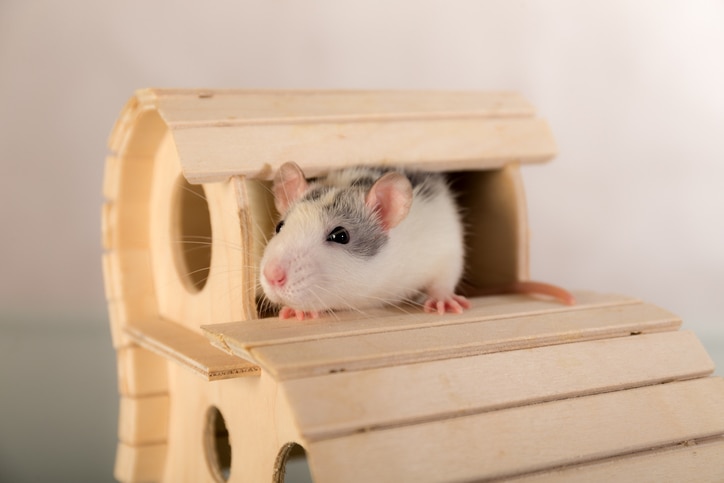
Photo by Argument / iStock / Getty Images Plus
Rats are highly intelligent and active pets that thrive on mental and physical stimulation. While love and attention go a long way, giving them a variety of rat toys is key to helping them stay engaged and happy.
From chew toys to burrow boxes and forage mats, well-chosen rat cage accessories encourage exercise, prevent boredom, and support natural behaviors.
Here’s everything you need to know about the benefit of toys for rats, plus which toys are best to keep their little brains busy!
Why Do Rats Need Toys?
Pet rats thrive in environments that offer stimulation, and these furry friends can quickly get bored without enough enrichment. Over time, this boredom can progress into more serious issues, like stress and depression.
Rats are so smart that they’ve been known to solve puzzles and engage in other complex tasks. Some rats have even been trained to operate small vehicles or complete intricate puzzles, according to Susan Tyson, VMD, veterinarian at Avian & Exotic Philly Vet Medical Surgical Clinic in Philadelphia, Pennsylvania.
Enter: toys.
Toys help replicate a rat’s natural environment and stimulate a rat’s varying senses (smell, sight, touch) to mimic their natural behaviors as closely as possible.
“Toys provide opportunities for playing, exploring, and hiding, which are similar to activities they would do in the wild, like foraging for food, digging burrows, and socializing with their family groups,” says Rebecca Revay, VMD, avian and exotics veterinarian at Mount Laurel Animal Hospital in Mount Laurel Township, New Jersey and membership outreach committee chair of the Association of Exotic Mammal Veterinarians.
In additional to mental stimulation, chewing on toys plays a vital role in maintaining dental health, as it promotes proper chewing patterns. This also supports bone health while encouraging joint movement, according to Dr. Tyson. Make sure your rat has a healthy diet that can also help maintain their teeth.
Additionally, some toys double as hiding spaces within a rat’s enclosure. These types of hideouts are crucial because they offer a safe retreat to rest or escape when a rat feels threatened or anxious.
9 Best Toy Types for Rats
So, what are the best toys for rats?
There are several different categories, including burrow boxes, hammocks, and digs boxes, and each provides different benefits for your rat.
Here are some of the most common types of rat toys. Discover why they’re important, plus dive into specific toy recommendations that are loved by rat parents.
Puzzle Toys
Puzzle toys give rats an opportunity to flex their problem-solving skills and keep them mentally engaged.
There are different types of puzzle toys, but among them are treat-dispensing puzzles, mazes, or brain games that encourage natural foraging behavior. Depending on the puzzle, it can also keep your rat physically active.
Remember, you don’t have to limit yourself to puzzle toys marketed specifically for rats or other small animals, either; Rats can also enjoy other puzzles like treat contraptions made for cats and dogs!
Here are some puzzle toys we love:
Recommended Products
Burrow Boxes
Burrow boxes, also called digging boxes, are containers filled with some type of material that’s easy to dig in, like shredded paper or dirt. They help satisfy a rat’s instinct to dig and burrow.
They also encourage foraging and offer rats a secure, enclosed space to hide and nest, which promotes comfort and mental stimulation, according to Dr. Tyson.
Here are some burrow boxes we love:
Recommended Products
Chew Toys
Just like dogs, rats love chew toys. These toys are made from safe materials, like soft wood sticks, hay, natural fibers, or corn leaf, that allow rats to satisfy their natural chewing instincts while also promoting dental health, according to Dr. Revay.
Here are some chew toys we love:
Recommended Products
Hanging Chews
Just like they sound, hanging chews are made from chewable materials that are strung together and hang from your rat’s cage. These provide dental enrichment and exercise, as rats must reach up and gnaw.
Here are some hanging chews we love:
Recommended Products
Hammocks
Hammocks give rats a cozy, elevated resting spot, enriching their environment and encouraging exploration.
They offer a sense of security, mimic natural nesting behaviors, and help maximize cage space. No rat cage is complete without at least one or two hammocks!
Here are some hammocks we love:
Recommended Products
Treat Hangers
Treat hangers hold food or treats in an elevated position, making mealtime more engaging by adding in a challenge.
They encourage natural foraging and climbing behaviors and offer an interactive feeding experience that encourages problem-solving as rats work to retrieve the treats, according to Dr. Tyson.
Here is a treat hanger we love:
Recommended Product
Run and Hides
Run and hides are tunnels, hideouts, or shelters that give rats a space to engage in active exploration and hide when they desire privacy or safety, according to Dr. Tyson. They encourage natural burrowing and hiding instincts, which helps your rat feel more secure in their environment.
Here are runs and hides we love:
Recommended Products
Exercise Wheels
Exercise wheels can be a great addition to their habitat. Rats can gain weight easily and adding in daily exercise can help with their overall health. It is important to make sure the wheel is large enough for the rat to run on it easily without arching their back causing injuries. The wheel also must be solid and smooth to prevent their feet from getting stuck and injured as well as preventing sores.
Here is an exercise wheel we love:
Recommended Product
Forage Mats
Forage mats are made with soft felt strands that cover treats and food, so your rats can satisfy their natural scavenging instincts. While you may think it’s easier to just hand your rat a treat directly, they thrive on the hunt.
Here’s a forage mat we love:
Recommended Product
How To Enhance Your Rat’s Cage Accessories and Toys
When it comes to toys, you want to be a little strategic. You don’t want to just throw a bunch of toys in your rat’s cage and hope for the best. Instead, try to keep your rat’s environment dynamic and engaging. That’s the key to keeping your rat occupied, physically and mentally.
Dr. Tyson recommends periodically updating the cage by introducing new toys (and removing old ones) or modifying the layout. For example, creating mazes or connecting multiple cages with tunnels can provide a new, stimulating environment that encourages exploration and physical activity, she says.
Always check your rat’s toys for urine soaking or damage that could pose a risk of injury. Any plastic items that you find your rat chewing on, including hideouts, should be removed—any plastic bits ingested can become a hazard for choking or intestinal obstruction.
You can wash fabric products like hammocks with a mild, pet-safe soap. Any urine-soaked chews should be discarded and replaced. It’s also important to make sure any wooden toys or chews are made from untreated, pet-safe wood.
It’s also important to play and interact with your rat, instead of always leaving them to their own devices. This provides social enrichment, especially if they do not have a cage mate, says Dr. Revay.
As for how many toys a rat needs, that depends on a variety of factors, such as their age, the size of their enclosure, how much time they spend with their pet parents outside of their enclosure, and the number of cage mates, according to Dr. Revay.
She adds that having a few toys available that fulfill different activities (chewing, hiding, foraging) should be enough for most rats. You don’t want to overcrowd the cage with toys, as this can be overwhelming and make it harder to clean the cage thoroughly.
Rat Toys FAQs
Q: What toys do rats like the most?
A: Rats like a variety of toys, including burrow boxes, chew toys, forage mats, and puzzle toys. Rotating through all the different types of toys is key to keeping your rat happy and mentally stimulated.
Q: How can I entertain my rats?
A: You can entertain your rat with a combination of human interaction and rat enrichment toys. Play with your rat daily, and make sure you’re rotating toys to keep your rat engaged and entertained.
Q: How do you mentally stimulate a rat?
A: You don’t need fancy rat toys to stimulate your rat. Puzzle toys, forage mats, burrow boxes, and any other toys that allow them to use their problem-solving skills will help with mental enrichment.
Q: What do rats do when they are bored?
A: It’s not always easy to spot when a rat is bored, since the signs can be vague, according to Dr. Revay. Constant chewing on their cage bars and hiding more than normal are common signs of under-enrichment, while overgrooming points to stress.
Attributions
This content was medically reviewed by Melissa Witherell, DVM, Chewy veterinarian.
